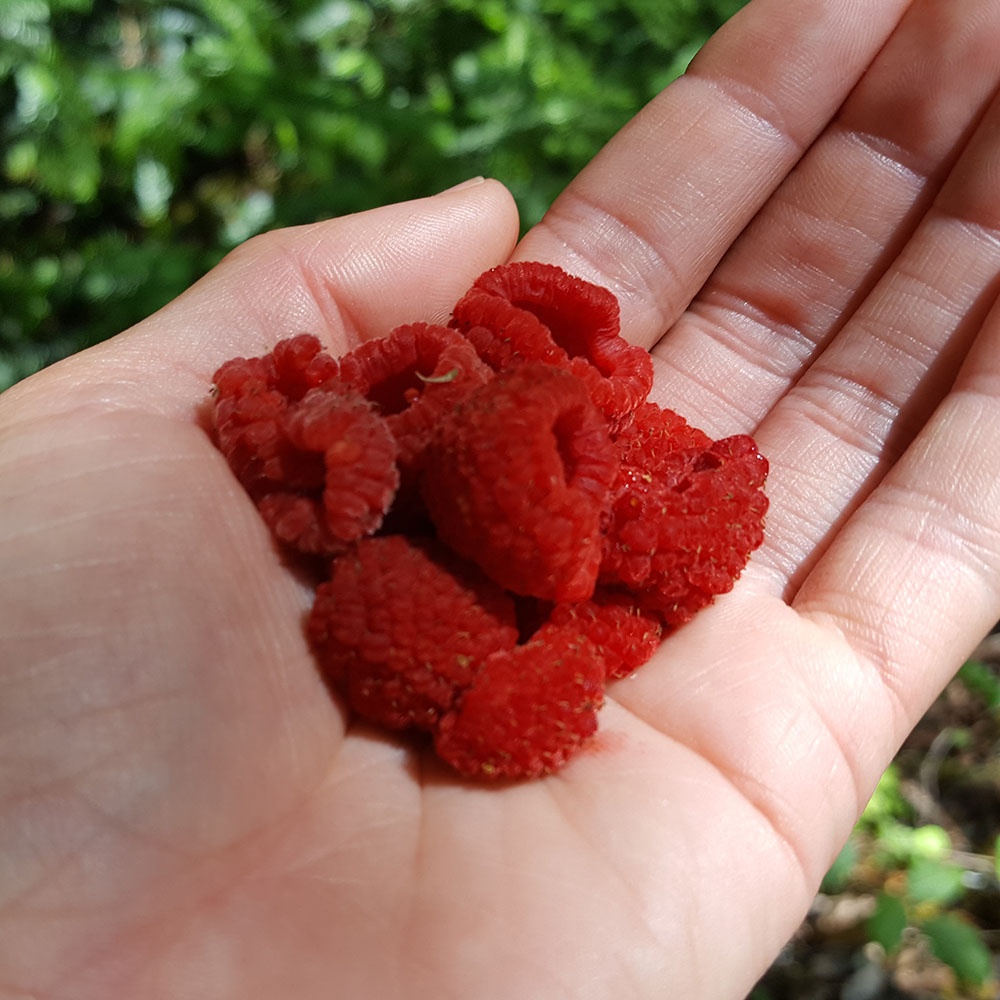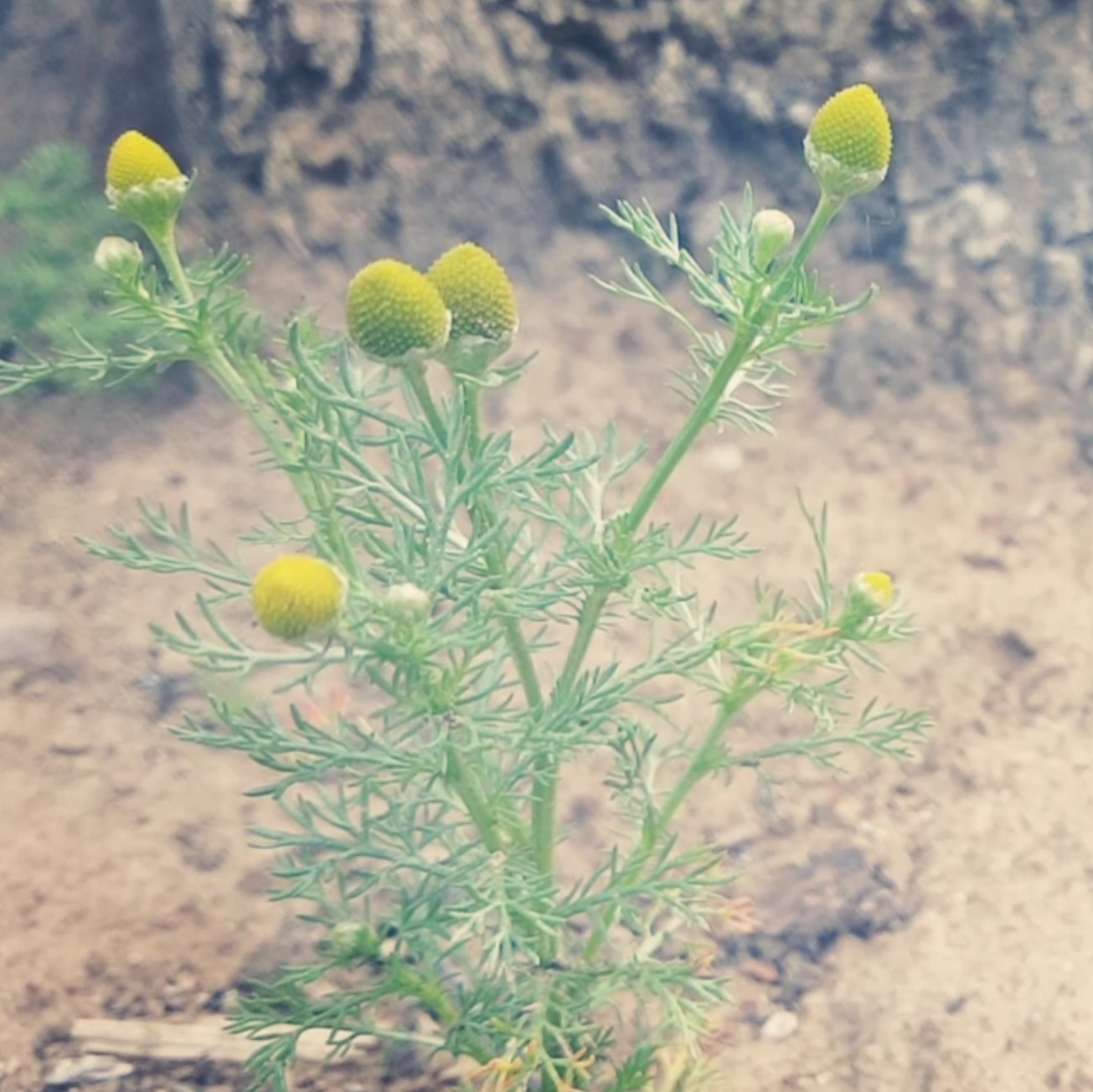Mugwort (from AS moughte-wort or “moth-plant”), felon weed, sailor’s tobacco, Artemis herb, Muggons, Naughty Man, Old Man, Old Uncle Henry. Artemisia Vulgaris, commonly known as mugwort, is an herb that lives in Northern Europe, Asia, Alaska and North America. It is often used as one of the main ingredients in sleep pillows, and it said to bring the dreamer more lucid dreams.
As all the bitter herbs, mugwort is an excellent digestive stimulant and is quite effective taken before or after heavy meals to alleviate gas and bloating.
One of the more interesting traditional uses of mugwort is that of a dream herb. Mugwort is also often used as a smudging (burning) ceremonial herb. It is mildly sedative and useful in calming frayed nerves and easing stress. A combination of agrimony, mugwort and vinegar is an excellent treatment for sciatica or muscular stiffness.
Characteristics of Mugwort:
- Tiny clusters of whitish-green to yellow flowers bloom in midsummer
- Leaves are dark green above, gray green below
- Found growing worldwide, it’s strong sage fragrance is uplifting and refreshing.
Medicinal Uses of Mugwort
Mugwort has be used as an natural herbal remedy to treat a wide variety of medical ailments for millenia by the Native Americans.
- Impotence; to increase production of sex hormones and sexual appetite
- Stomach disorders; indigestion, acid reflux, constipation, bloating, flatulence. Promotes appetite and bile production, tonic for digestion.
- Dewormer; removes parasites from intestines
- Boosts blood circulation and liver disorders
- Cures epilepsy, hysteria, and convulsions in children
- Regulates erratic menstruation, brings on delayed periods, and relieves cramps
- Increase breastmilk supply (apply oil on breasts)
- Tonic for nerves; mild sedative for fatigue, hyperractivity or stress.
- Rich in vitamin E
- Acne
- Helps with menopausal symptoms.
- Used for bronchitis, colds, colic, kidney ailments, fevers.
- Bath additive for rheumatism and tired legs.
- Skin ailments. Juice relieves itching for poison oak.
Spiritual uses of Mugwort
- A pillow stuffed with mugwort and slept upon will produce prophetic dreams.
- Carry to ward against wild beasts, poison, and stroke. Prevents elves
- Said to cure madness and aid in astral projection
- Mugwort is burned during scrying rituals, and a mugwort-and-honey infusion is drunk before divination.
- For the metaphysical, the infusion is also used to wash crystal balls and magic mirrors, and mugwort leaves are placed around the base of the ball, or beneath it, to aid in psychic workings.
How to use Mugwort
- Smoke It. Not a great one if you’re not a smoker, but it’s common to smoke the leaves. Hubby was smoking this to help him quit cigarettes. You can roll it up in a rolling paper just like you would a normal cigarette. It can also be mixed with tobacco, or you could go for the traditional ‘sailor’ method and use it instead of tobacco!
- A Mugwort Dream Pillow. A very popular way to ingest Mugwort is to make a dream pillow. This means putting a few leaves or incense inside your pillow case. You can mix it with another incense or herb, like Lavender. Making a dream pillow is a great way to have restful nights and increase the chances of becoming lucid!
- Burning The Incense. The incense of Mugwort can be burned to stimulate dreams and relax you. This is probably the least common method but it’s worth a try! I’d suggest trying several methods of consumption and seeing which one has the best result!
- Drinking Mugwort Tea. Boil the leaves fresh or dry. This is my favorite way to consume mugwort.
Sources:
[1] Wikipedia: Matricaria discoidea
[2] Northern Tradition Shamanism: The Nine Sacred Herbs
[3] Annie’s Remedy: Mugwort Artemisia Vulgaris





